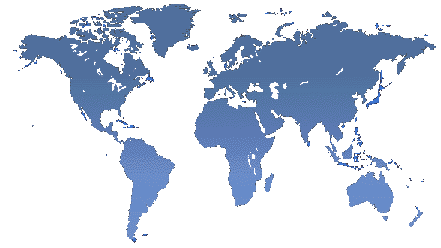Tags
2012 Swing State Spending, Barack Obama, Election 2012, How to study for the State Department Foreign Affairs Test, Mitt Romney, New York Times, Swing-State Spending Graphic, The Economist

___For those graduating soon or considering a career in International Relations, I suggest you attend a U.S. Department of State information session. Any information session can be a little tedious or terrifying (depending on your résumé,) but there are always some positive new approaches to learn about and leave with. Regardless, I guarantee you the Diplomat-in-Residence will tell you to read the infamous New York Times and the old-school foreign affairs weekly the Economist. Across the board these two sources are championed as key assets in anyone’s preparation for the cray-difficult Foreign Service Officer Test. I am not disputing their value… it’s pretty safe to say that both publications are great tools for anyone trying to learn as much as he/she can about international affairs while also trying to maintain something resembling a social life.
___For a recent assignment in a Rhetoric course, I was tasked to analyze the rhetorical function of the graphic elements (charts, maps, infographics) of a recent news article. I choose one from the Economist’s Daily Chart webpage.
For those who don’t frequent the Economist’s website, they are generally regarded as a substantive, fact and numbers driven, wonky-news outlet. I have a certain level of bias in that I love wonky stuff and to me the Economist is just another news site I go to get a better understanding of the tumultuous times we live in. They claim they aren’t “a chronicle of economics” and at times attempt to prove this with different yet nonetheless awesome infographics (like this recent piece on James Bond statistics.)

___I choose the Economist Daily chart article titled, “Money, votes and imponderables: A map of swing-state campaigning” because it is another great example of ways the Economist is (and has been) reinventing its online presence in a more interactive way. While this map isn’t necessarily interactive in that you can click features, it does strongly reinforce certain things the paragraph-long piece informs on.
___The infographic also reinforces political stereotypes (like red equating republican and blue equating democrat). The infographic, or map, or whatever one would like to call it, adds an extra element and does a great job illustrating the candidates participation in the election, adding a visual display showcasing President Obama and Governor Romney visits to only a handful of states. It also brings an added level of rhetorical potency to the Economist’s argument; that swing-state campaigning is a big deal in the American political game.
 ___Another key facet of this news-reporting decision to include something other than text is that this infographic does just what its title hints, it informs the viewer in ways that dry number recitation may not be able to do. If you check the graphic it’s pretty clear that Romney/Ryan both visited and outspent the Democrats in a multitude of swing-states across the map. By illustrating this with higher bars across the map, the Economist ultimately appeals to my generation and people in general. These are people who may not necessarily enjoy reading long-wonky articles about the individual state statistics and find themselves a more visual interpreter of data.
___Another key facet of this news-reporting decision to include something other than text is that this infographic does just what its title hints, it informs the viewer in ways that dry number recitation may not be able to do. If you check the graphic it’s pretty clear that Romney/Ryan both visited and outspent the Democrats in a multitude of swing-states across the map. By illustrating this with higher bars across the map, the Economist ultimately appeals to my generation and people in general. These are people who may not necessarily enjoy reading long-wonky articles about the individual state statistics and find themselves a more visual interpreter of data.
Thanks for stopping by Philosophical Swag! Stay tuned for more content all the time!

You found some great examples of charts and graphics! I enjoyed reading this entry.